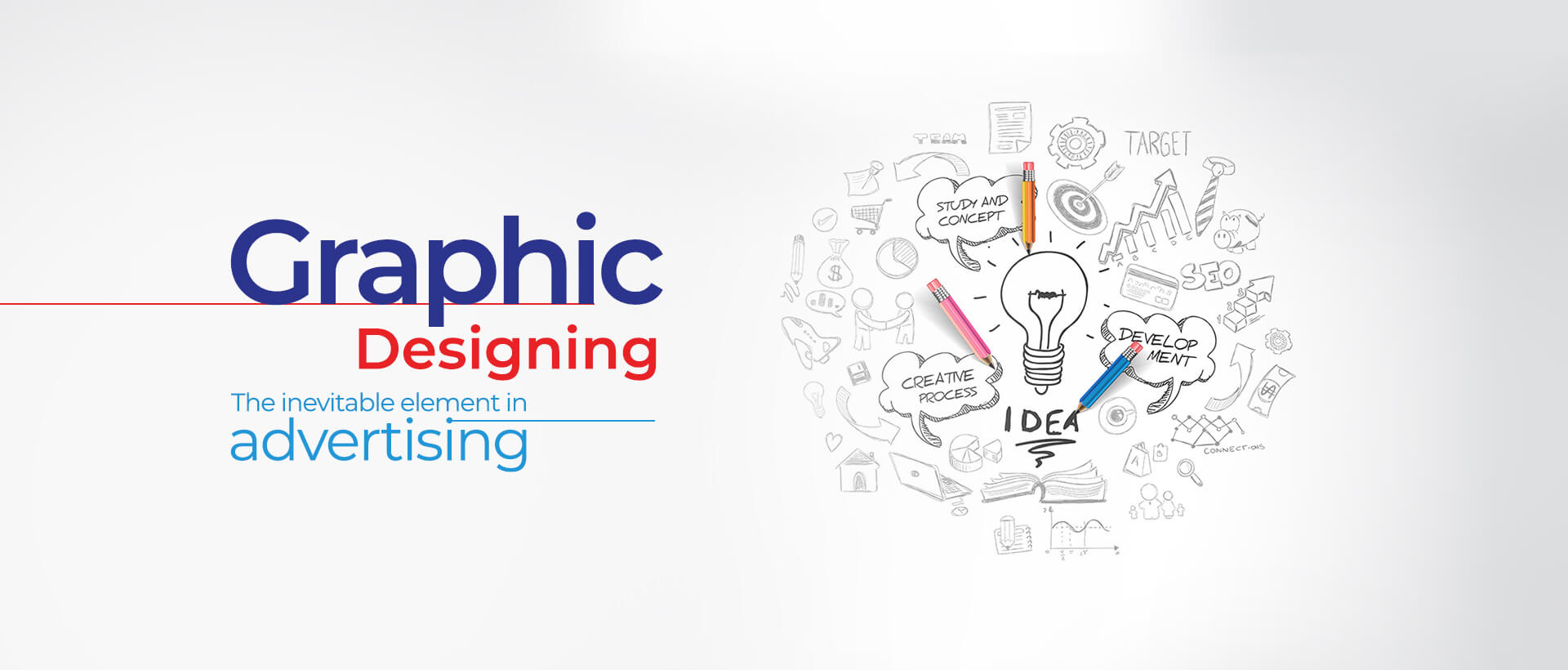
Advertising is all around us, from billboards and posters to television commercials and social media ads. The goal of advertising is to persuade people to buy a product or service, and graphic design plays a critical role in achieving that goal.
As the saying goes, “Design is the silent ambassador of your brand”, and graphic design is truly the silent ambassador of your brand, as it speaks volumes even before a word is spoken. It is the visual representation of your company’s identity, values, and message. It is the first thing that catches the eye of the viewer and makes them want to know more. A well-designed advertisement can be the difference between a customer choosing your brand over the competition. It is the art of creating visual elements that effectively communicate a message and grab the attention of the audience. A good graphic design can help to convey a brand’s message and values and can make a product or service more appealing to potential customers.
In advertising, graphic design plays a crucial role in visually communicating the message of a product or service to the audience. Using typography, imagery, colour, and layout, graphic designers are able to create visually appealing ads that capture the attention of potential customers and effectively convey key information about the product or service being advertised.
Effective advertising is crucial for the success of any business and graphic design exactly does that job. It helps in creating ads that are not only visually appealing but also effectively communicate the message to the target audience. Using appropriate typography, imagery, colour, and layout can help grab the audience’s attention and make the ad more memorable which is provided by top Advertising Agencies in Bangalore. Additionally, graphic design can benefit the target audience to remember the ad and be more likely to purchase the advertised product or service.